Not only is the tiger one of the most charismatic cats, it is also highly adapted to survive in the forest. Tigers help keep the ecosystem healthy. By saving tigers we are saving ourselves.
Check out these 22 amazing tiger facts.
1. Tiger’s stripes
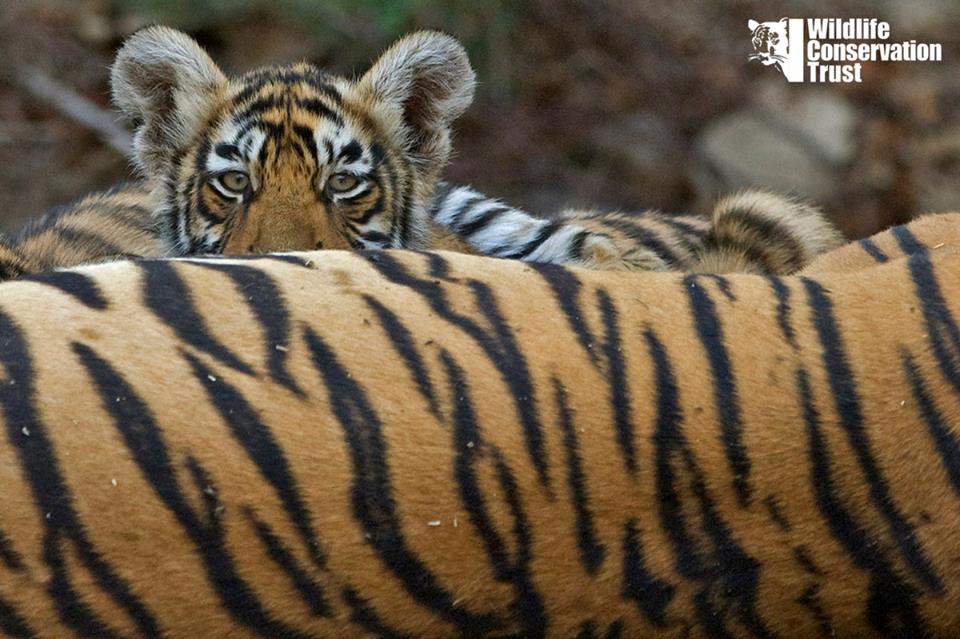
Photo by Dhritiman Mukherjee
Tigers are the only cat species with stripes not just on the fur but also on the skin. Like human fingerprints, unique to each individual, no two tigers sport the same stripe pattern. #LetsTalkTigers
2. Tiger’s tail
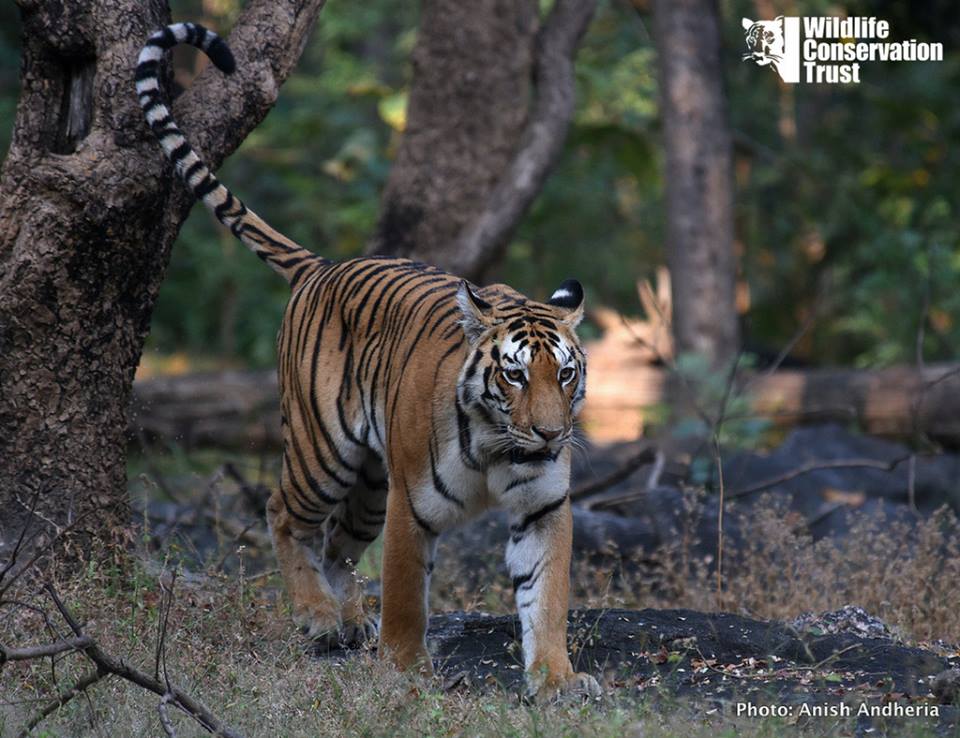
A tiger’s tail is about three feet long and helps in maintaining balance when climbing or making tight turns. The tail also plays an important role in communication between tigers.
3. Capable swimmers
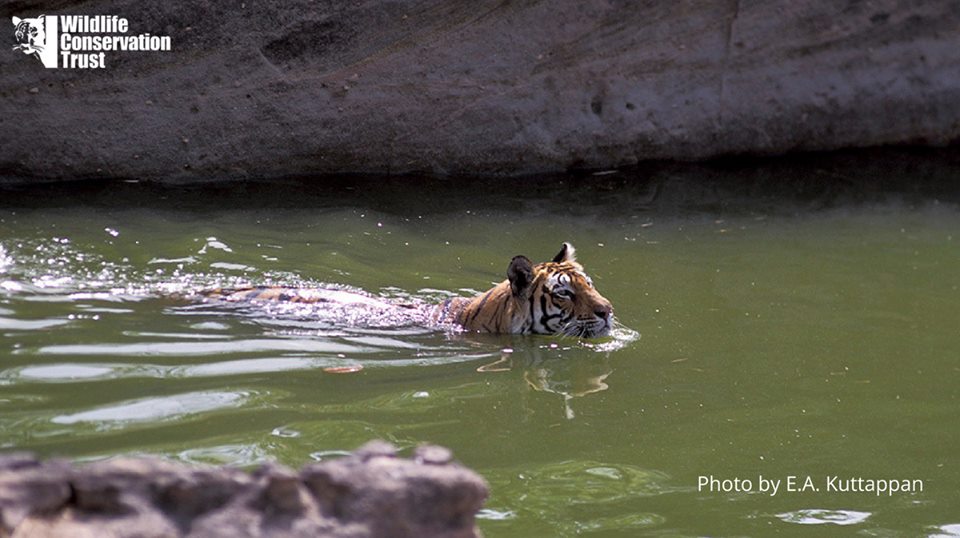
Tigers are capable swimmers and have been known to cover great distances to cross estuaries and rivers. Young tigers often play in water and adults will lounge in waterbodies to stay cool on hot days.
4. Vocalisations
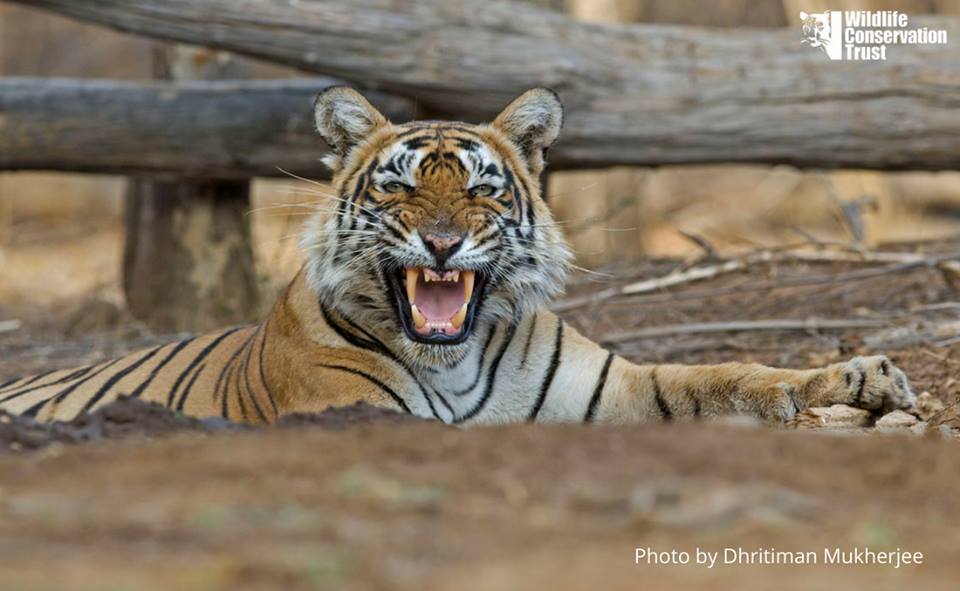
A tiger’s roar can be heard from up to two kilometres away. Tiger vocalisations include roaring, growling, hissing, moaning and chuffing.
5. Nocturnal hunters
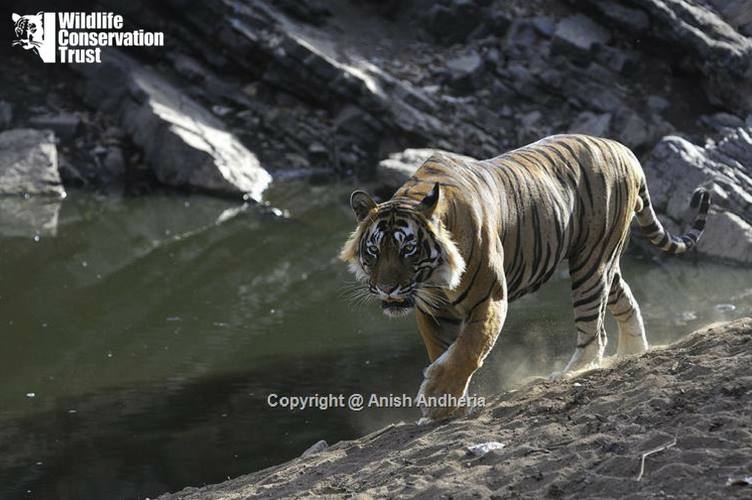
Tigers usually wait until dark to hunt. It is believed that their night vision is six-times better than that of humans. #LetsTalkTigers
6. Silent stalkers

A tiger’s hind limbs are longer than its forelimbs, giving it the power to jump 20-30 feet in one leap. Large, padded, feet help it silently stalk prey.
7. Ambush hunters
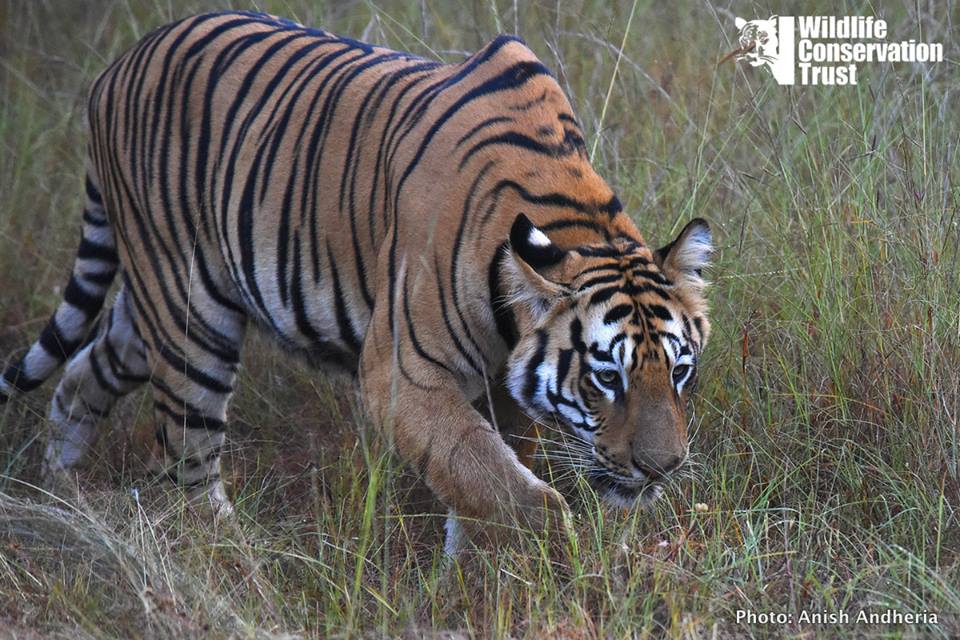
Being ambush hunters, tigers prefer to sneak up on their prey before springing into action, killing it with a bite on the neck or back of the head, depending on the size of the prey.
8. False eyes
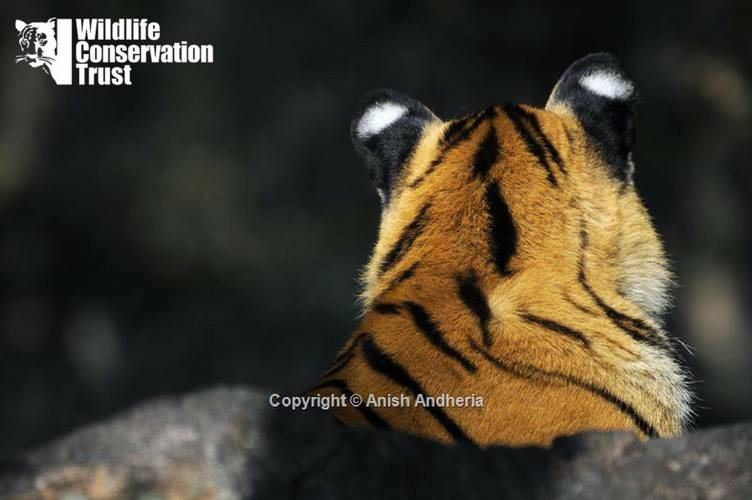
The distinctive white spots on the back of their ears may function as ‘false eyes’, deterring potential predators stalking them. Another theory is that they act as beacons helping cubs follow their mothers through tall grass or at night.
9. Deadly camouflage
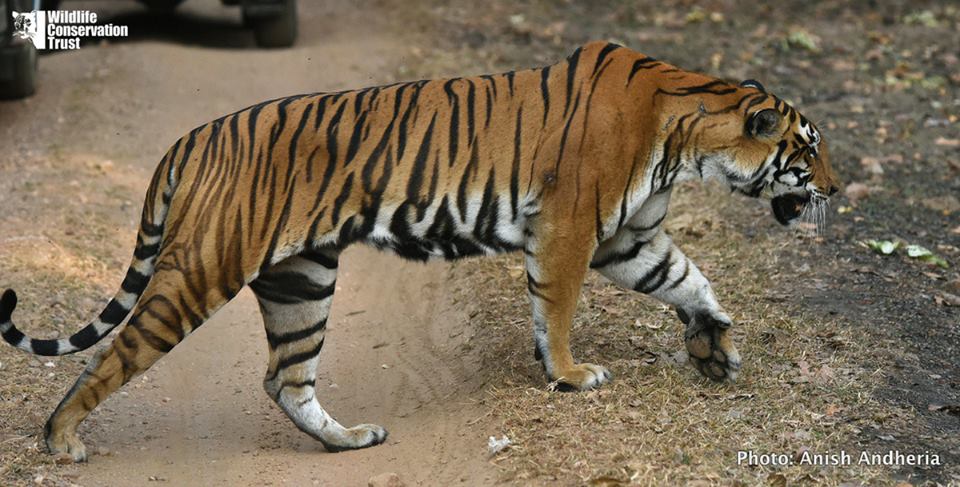
Why are tigers striped? Being large predators, they need to hide themselves as they stalk prey in dense vegetation. Stripes help break the outline of their body and provide disruptive camouflage, making them difficult to spot.
10. Veterans
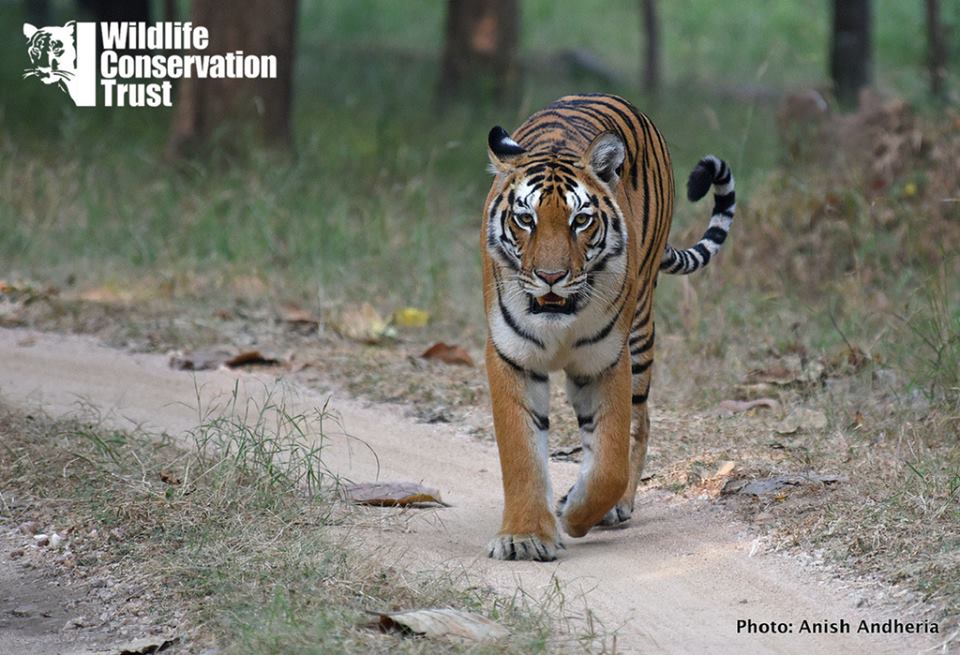
Tigers have been walking the earth for eons – the earliest fossil remains, found in China, are believed to be more than 2 million years old.
Five subspecies of Panthera tigris – Bengal, Indochinese, Sumatran, Amur and Malayan – exist today, while four – Caspian, Bali, Javan and South China – have gone extinct. #LetsTalkTigers
11. Threats to tigers
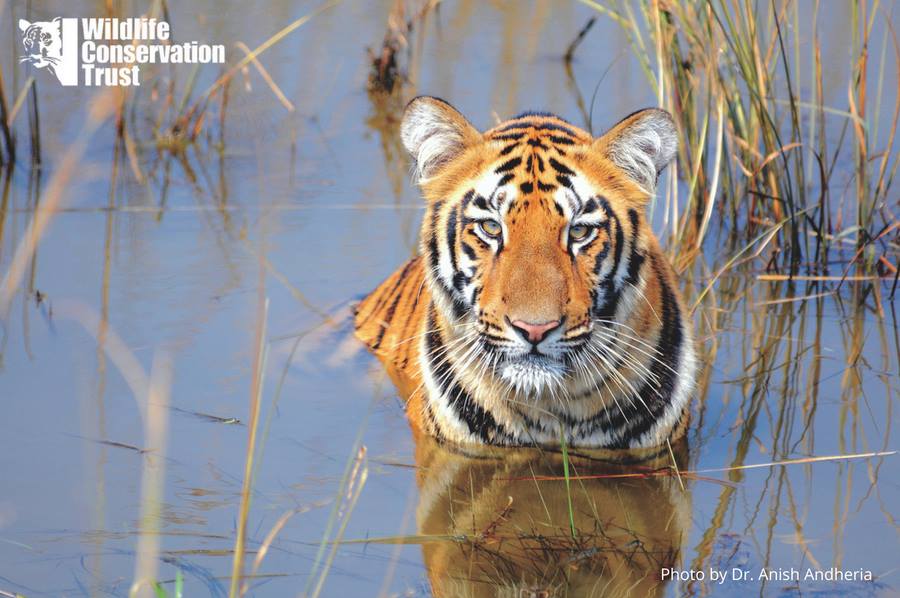
What’s pushing tigers towards extinction?
Poaching of tigers to fuel the illegal trade in bones, skin, claws and teeth; retaliatory killings of tigers by villagers to avenge the death of their cattle; retaliatory killing of herbivores by electrocution or hunting of deer, antelope and wild pig for local consumption and accidental deaths of tigers on roads and railways that cut through their habitat.
Tigers are threatened by habitat loss and degradation due to agriculture, fuelwood collection and urbanisation, consequent conflicts with humans, and poaching that feeds the insatiable demand for tiger parts from the South Asian medicine markets.
12. Large brain
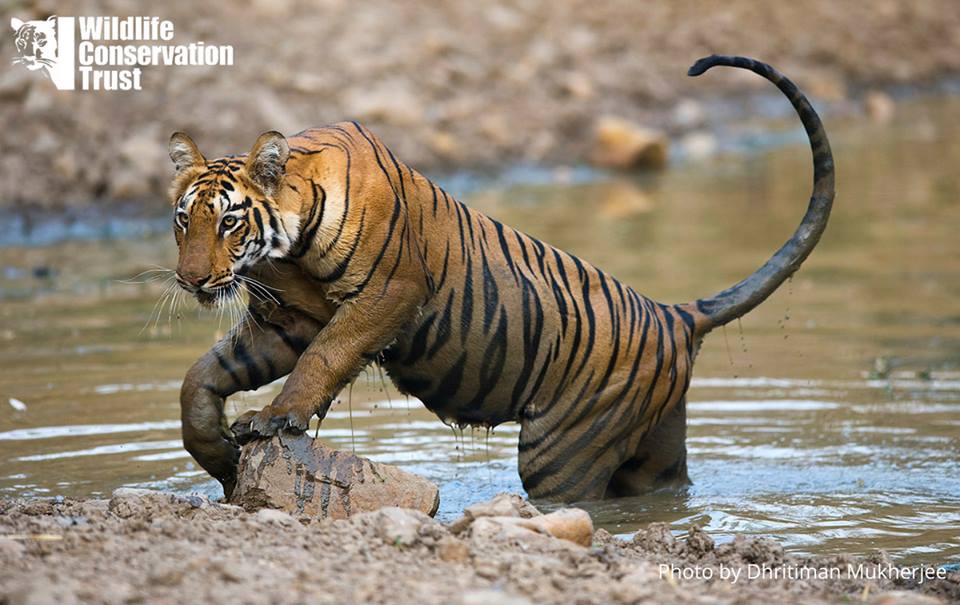
Weighing over 300 gm, tiger brains are one of the largest among carnivores, second only to the polar bear.
13. Tiger’s tongue
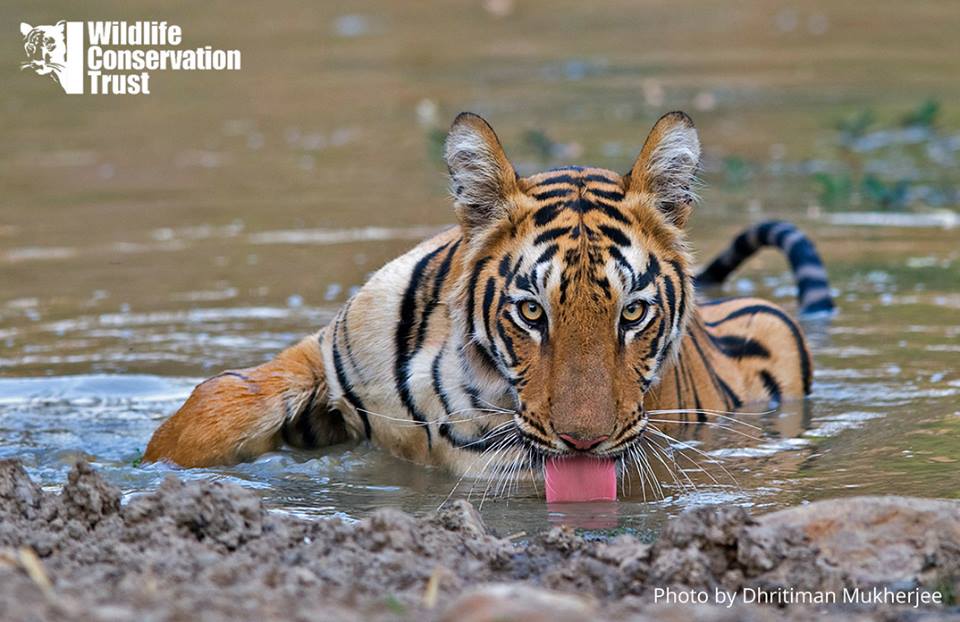
The tongue of a tiger is covered with small, hard, sharp, hook-like protuberances called papillae. These give the tongue a rough texture that is ideal to scrape the fur and feathers off its prey, making the skin tender before the tiger takes the first bite.
Apart from grooming and keeping the fur clean, it also helps clean wounds. The tiger’s antiseptic saliva only helps speed the healing.
14. Litter size
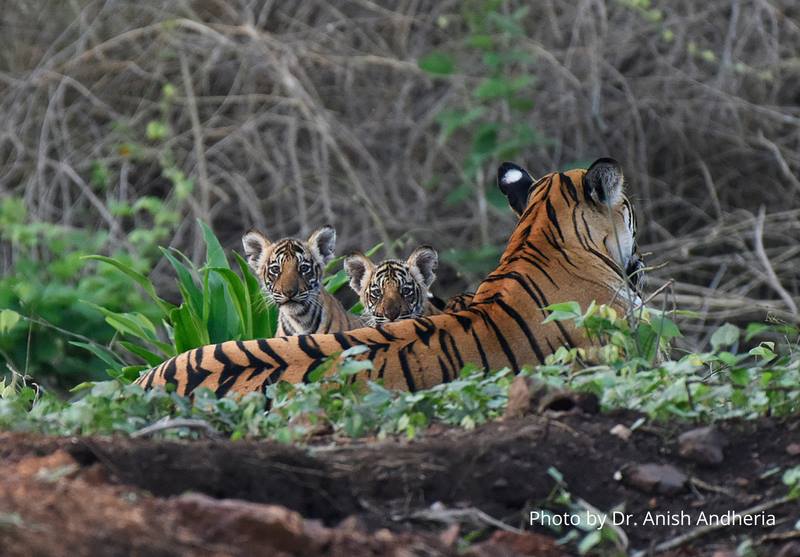
A tigress usually bears two to four cubs per litter. However, litters with five cubs, though rare, have been witnessed.
Cubs weigh 1-1.4 kg at birth and open their eyes in 3-14 days.
During the first two months, they will feed exclusively on milk. The protective mother, her eyes and ears ever alert, will shift her cubs to a safer spot if disturbed.
15. Sexual maturity
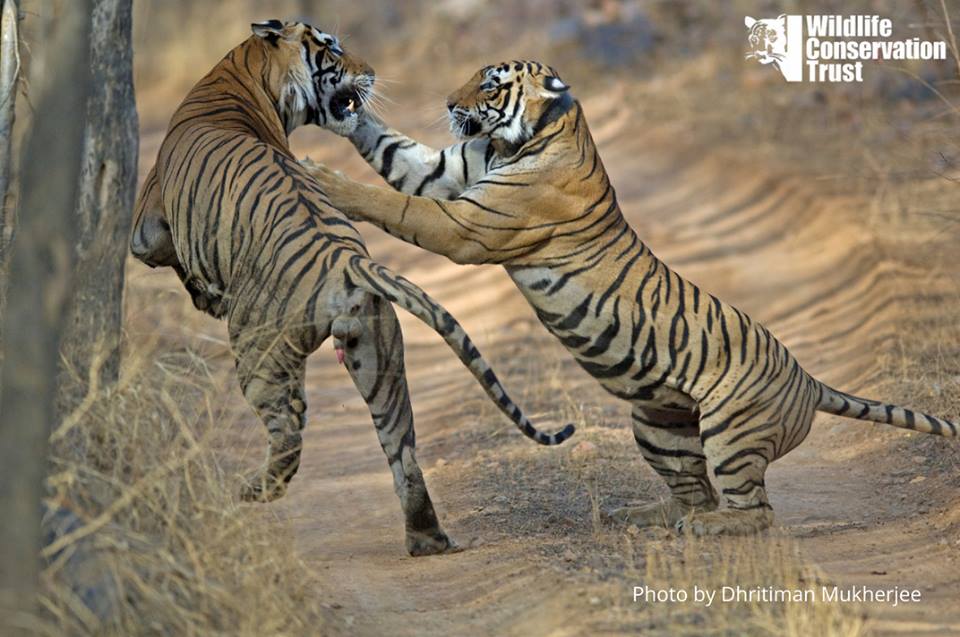
Tigers attain sexual maturity between 3-5 years of age, with females maturing at 3-4 years and males at 4-5 years. When a receptive tigress and a tiger come together, they may continue to mate for over 3 days.
Post successful conception, cubs are born within 95-105 days. #LetsTalkTigers
16. Largest cat
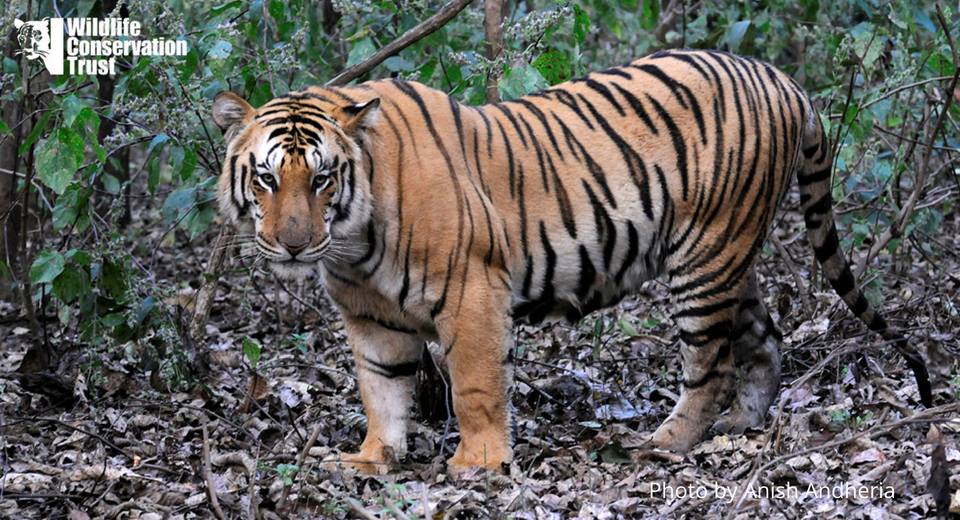
Tigers are the largest of all cat species. Male Bengal tigers can grow to a length of 3.5 m. and weigh 200-250 kg.
Females are smaller at approximately 2.6 m., and weigh 100-160 kg.
17. Home range
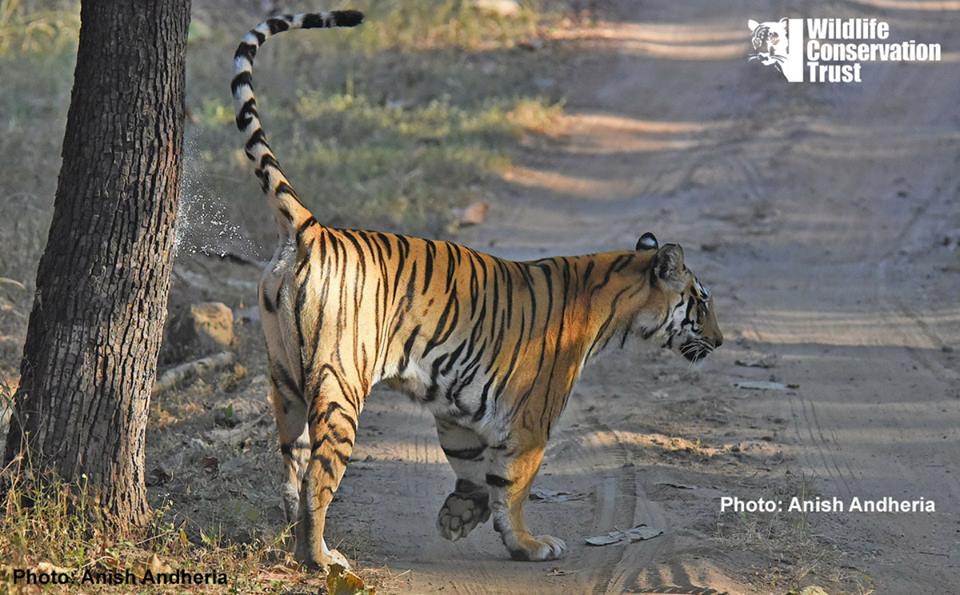
Male tigers have large territories with an average size of 50 sq. km. Females have much smaller territories with an average size of 15 sq. km.
Both use scent, claw markings and vocalisation to mark their territory and find mates.
18. Tiger cubs
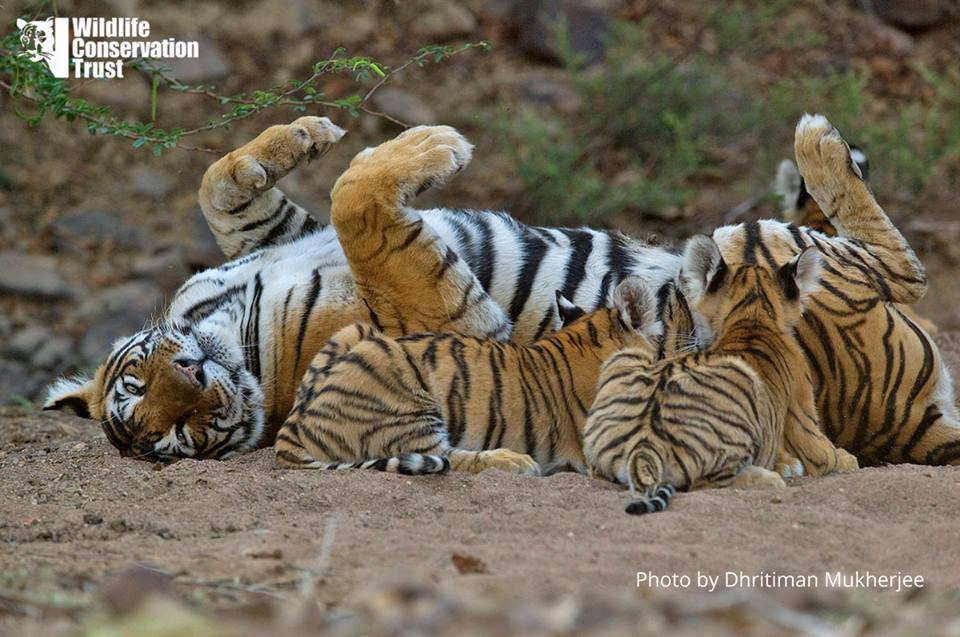
Tiger cubs grow rapidly, adding over 65 kg. in the first ten months. The cubs learn all their life skills from their mother.
They are completely dependent on her for 17-18 months.
19. Solitary cats
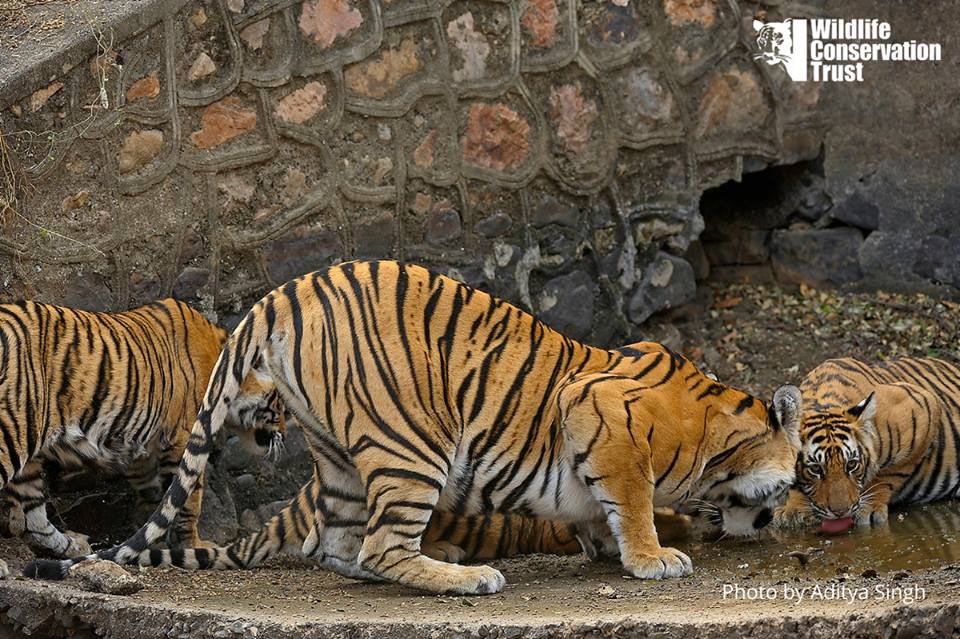
Tigers are largely solitary except during the mating season. Also, tigress will allow her female cubs to be with her for up to 24 months. Male cubs are generally forced to leave between 18-20 months.
Did you know a group of tigers is known as an “Ambush” or “Streak”?
20. Teenage titans
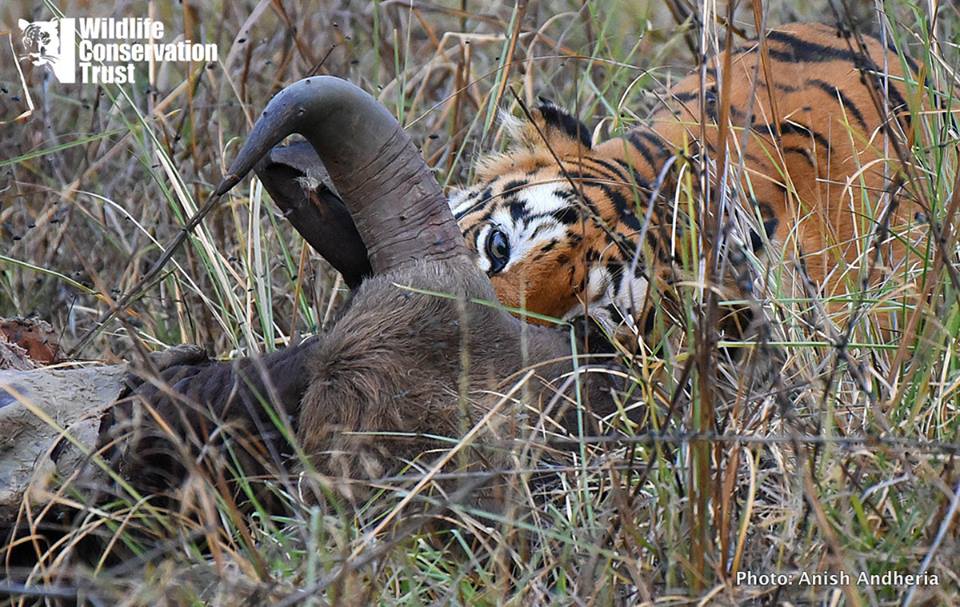
By the time they are 18 months old, tiger cubs start patrolling their mother’s territory and independently hunt wild pig, monkey, spotted deer and peafowl.
They join their mother in hunting larger prey such as gaur and adult sambar. They may also scavenge on dead animals. #LetsTalkTigers
21. Grown-up games
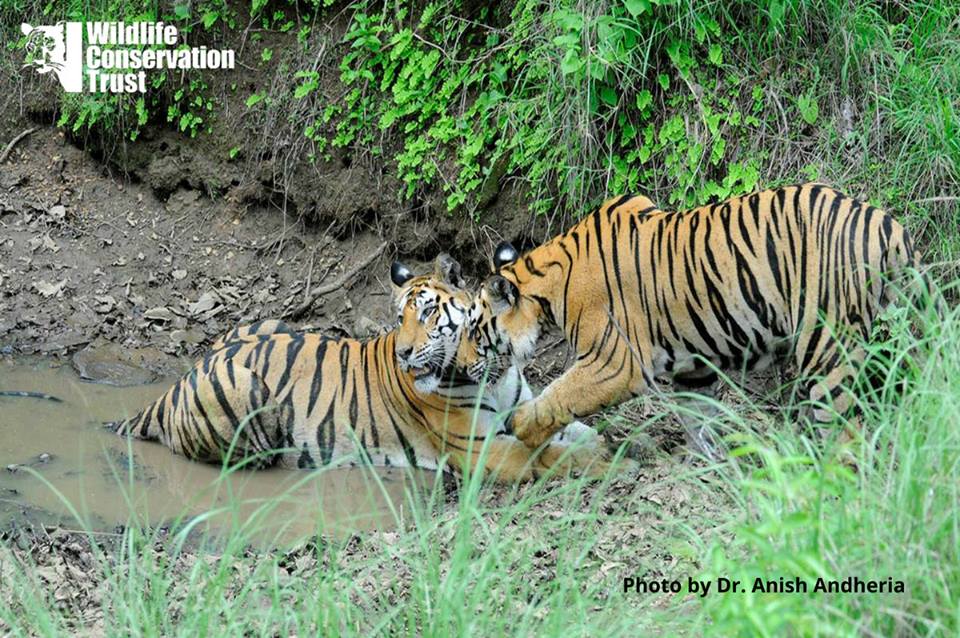
At 18-20 months cubs become competitive. Games turn rougher. Male cubs are forced to seek their own territory.
Female cubs may stay with their mother a few months longer.
22. Bidding goodbye
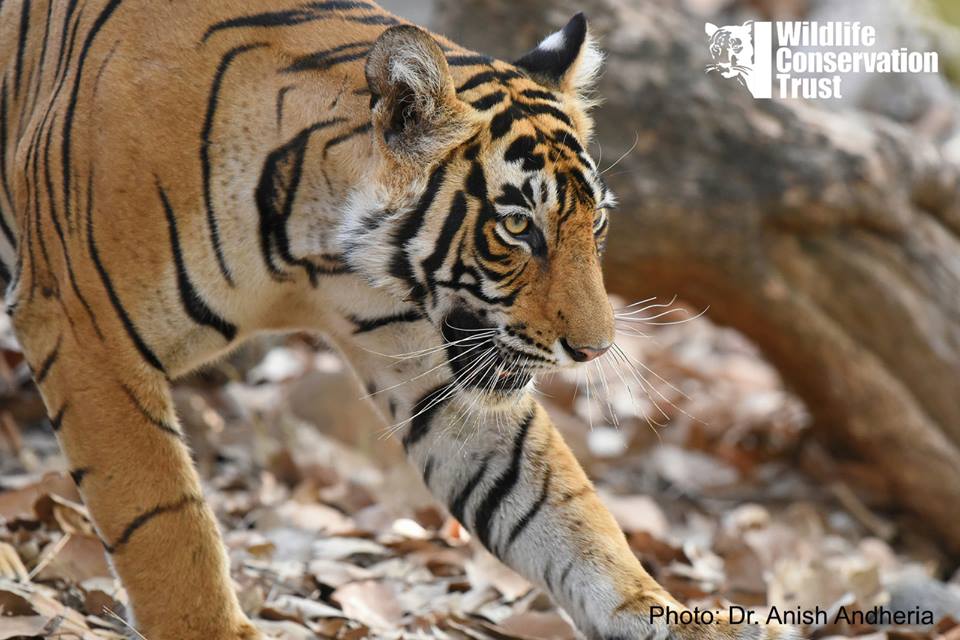
Between 20-24 months, female tiger cubs become independent of their mother and start leading solitary lives.
They embark on a tough journey, in search of their own territory. This is the most delicate period of their life.
Your donations support our on-ground operations, helping us meet our conservation goals.
Related Links
- Wildlife Week – India’s Big Cats Under Threat
- The Lions’ Last Walk
- WHO urged to condemn Traditional Chinese Medicine utilising wild animal parts
